Berejiklian’s scorecard on Sydney’s west: Health, education, transport
Mid-way through her term, experts rate Premier Gladys Berejiklian’s impact on Sydney’s west.
NSW
Don't miss out on the headlines from NSW. Followed categories will be added to My News.
A spending blitz on health and transport and the NSW Government’s response to the pandemic have been praised in a new report rating the performance of Premier Gladys Berejiklian’s administration in Western Sydney.
But strains on the education system as well as a “missed opportunity” to ease housing pressures continue to be among the biggest issues facing the region.
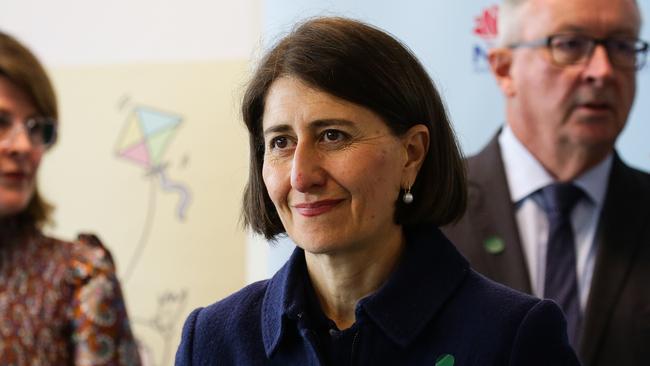
That’s the verdict of those who live and work in the west, with their thoughts captured in a benchmark report rating the NSW Government’s performance halfway through their current term, The Daily Telegraph can exclusively reveal.
Compiled by Centre for Western Sydney director Dr Andy Marks, the Mid-Term Report Card provides a snapshot of a region on the rise according to the local governments, charities, policy bodies and residents that call it home.
After canvassing responses from Western Sydney organisations on six key sectors, Dr Marks, the assistant vice-chancellor at Western Sydney University, assigned each area a scorecard rating. At the top is ‘health and wellbeing’, with a sterling ‘A’ effort.
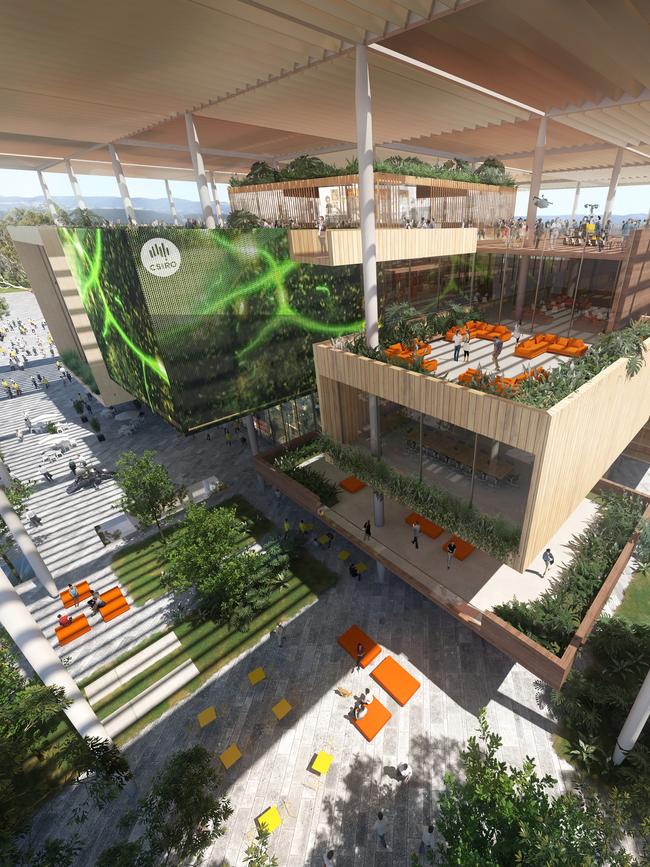
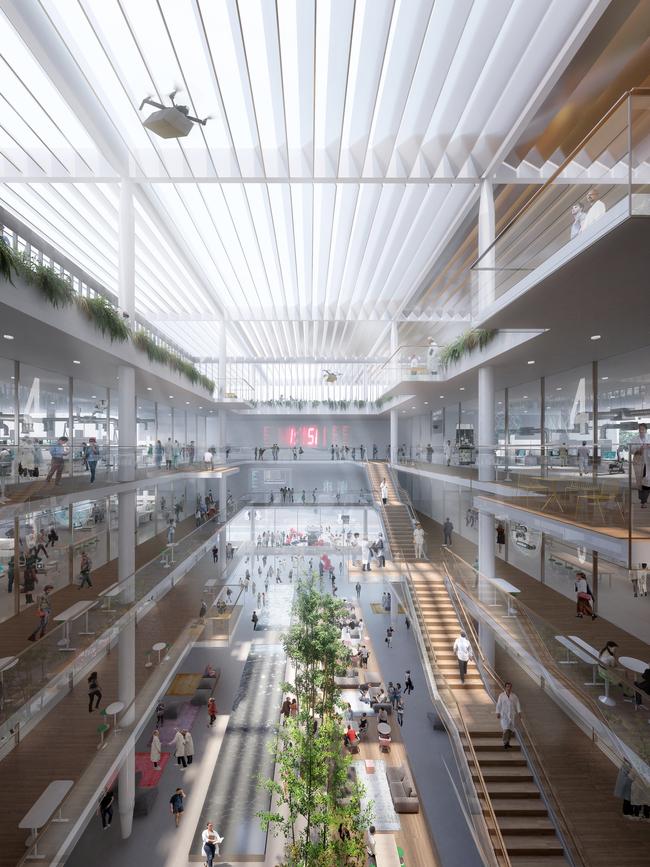
Dr Marks said there were “two big things” the government nailed in health — investment in new infrastructure, headlined by health ‘precincts’ at Westmead ($832 million investment), Liverpool ($740 million) and Campbelltown ($632 million) — while the government’s successful whack-a-mole test-and-trace system also won respect in the west.
“Western Sydney is a big place — the way the Government were able to zero in and respond when community cases occurred was a big thing,” Dr Marks told the Telegraph.
“At the same time, there has been a really big investment in health precincts at Liverpool, Westmead and Campbelltown specifically, not only in hospitals, but in GP clinics, research, and allied health.”
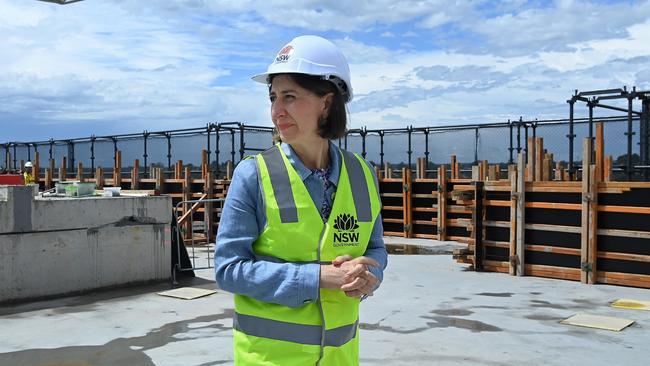
Ranking slightly below was place and connectedness (B+), with transport links such as the first-stage of the Parramatta Light Rail and opening of the North West Metro praised.
However, concerns remain over a lack of commitment to the second stage of the west’s light rail project, while just three western Sydney stops on Sydney West Metro was criticised as well.
Society and culture earned a B, with the Powerhouse Parramatta heralded as a boon for the entire west but more investment in community art such as theatre wanted.
“People in western Sydney love the Powerhouse … If you want to lift education levels, this is how you do it,” Dr Marks said.
Amid a jobs boom in the region linked to the ballooning aerotropolis, lingering concerns over the impact of urban heat remain, with sustainability and economy ranking a B- in the report.
“Penrith was the hottest place in the world in January 2020,” Dr Marks said, saying respondents wanted the government to lead the charge in encouraging wide-scale use of heat-reflective material on future developments.
“People in Western Sydney have to cop this kind of heat. If you think out here would let that pass without question, you’d be wrong.”
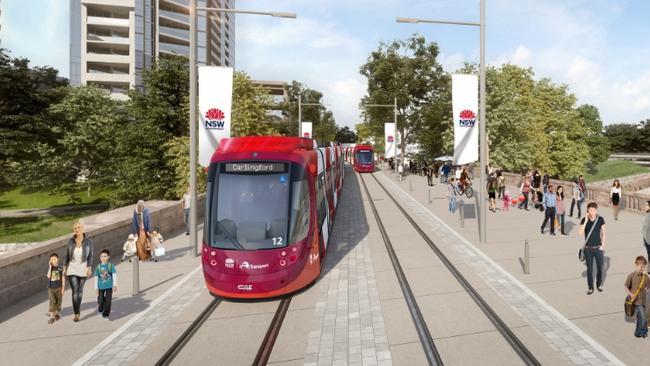
Amid the incredible change of the region, Dr Marks said concerns remain over two old problems of Western Sydney — housing (rated a C-) and education (C).
Despite five new schools being established across Western Sydney in the past year, and an $80 million commitment to fund a revived TAFE construction hub at Kingswood, Dr Mark said investment wasn’t keeping up with population growth in the region.
“There’s been a big investment in new schools, but nowhere in Australia is growing as fast as Western Sydney so it’s not keeping pace,” he said.
“There’s been a big focus from government on school’s infrastructure, but it’s not keeping pace.”
Likewise, Dr Marks said respondents had emphasised “a missed opportunity” for the government to pump funding into addressing housing pressure, something he said Victoria had done by making a $5.3 billion commitment to social housing and job creation in November.
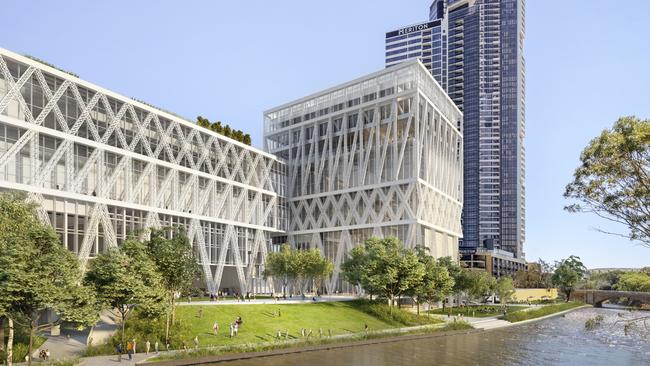
Dr Marks said affordable housing would be crucial in a new city filled with tradies and health workers, adding it was “disappointing” a stimulus package for social housing wasn’t announced for NSW.
“No one wants big social housing estates in Western Sydney — what they need is diversity of housing,” he said.
“These essential workers need to live near where they work. It’s disappointing, stimulus packages don’t come around often, they’re a generational thing and are brought on by things like the coronavirus pandemic … so we don’t have a chance to do this after.”





